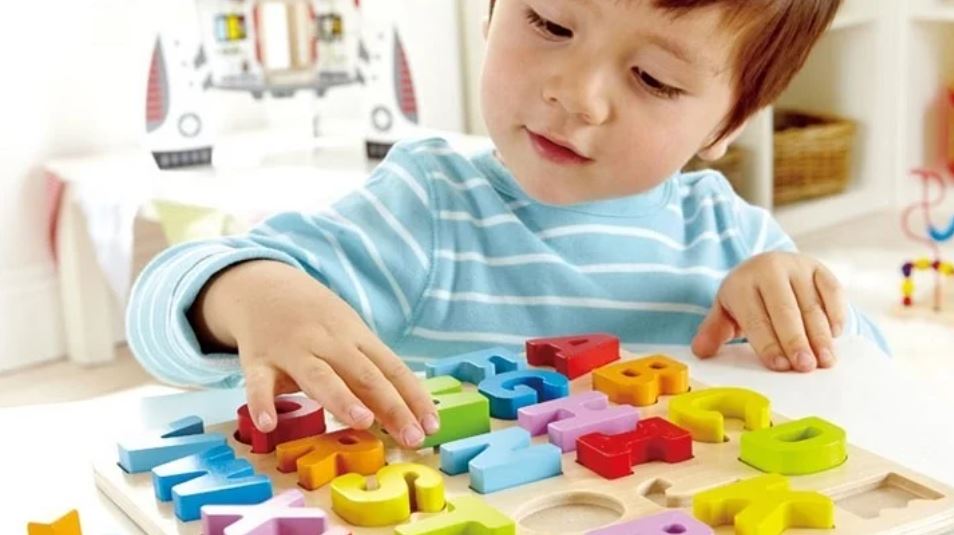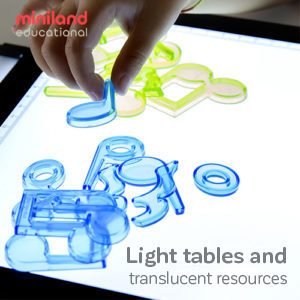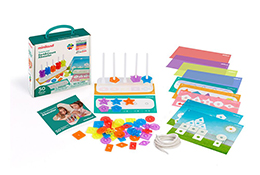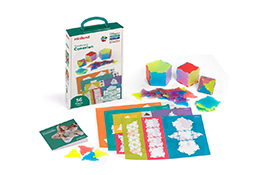Goleman says that emotional intelligence, “is the capacity for recognizing our own feelings and those of others, for motivating ourselves, and for managing emotions well in ourselves and in our relationships.”
It is an essential skill that helps children, as well as adults, work together in teams, problem-solve and understand other people. It is a skill that is increasingly hard to come by in a world where we are becoming restricted in the form of human interactions, as technology becomes more and more prominent in our everyday lives.
Many people have claimed that there has been a lack of focus on EQ in the American school system, and this has resulted in a surge of school implementing programs and teaching practices that are there to solely nurture EQ in students.
There are a number of different ways to teach emotional intelligence in your classroom and this could come in the form of activities, leading by example, or educational toys.
Activities and exercises
There are tons of activities and exercises to do in class that don’t necessarily need educational toys to facilitate it. For example, you could use Pixar’s animation Inside Out to teach children about emotions and how to handle them.
If you are a teacher and haven’t watched the animation Inside Out by now – then we advise you get to it. Watch the video as a class and get your students to identify the different emotions and their characters afterwards.
You can then do a number of different activities around the characters in the movie that will help you and your students vocalize and understand emotions with much more clarity. Here is an awesome list of activities from Bombshell Bling that gives you 15 different activity options.
Leading by example
One of the best ways to teach emotional intelligence in your classroom without educational toys is to simply lead by example.
Try and understand your students’ emotions and empathize with why they are feeling like that, allow them the freedom of expression, listen to their feelings, and teach them to recognize negative patterns and how to change them.

As a teacher you can use your own well-developed (hopefully) emotional intelligence to show your students how they should treat each other, and how to react to situations that they are faced with. You are one of their biggest points of influence and by providing a good example – you can ensure that they learn EQ the right way.
Educational toys
Some educational toys have been created specifically for the sole purpose of teaching emotional intelligence in the classroom, however, other games such as board games and construction blocks are also very effective.
Although they have been built for simple entertainment, they also provide an avenue for children to learn about working in teams, taking turns, and obeying the rules.
At Miniland, our educational toys are designed specifically to teach emotional intelligence in the classroom, and our range of speciality toys teach social skills in the classroom and have been created to nurture EQ in children.

From Emotiblocks and learning routines, to self awareness, learning values, and playing with dolls – our educational toys are perfectly designed for emotional and social learning in the classroom.
If you would like to learn more about emotional intelligence and how to teach it in the classroom, then we advise that you download our new guide, Child Development and Emotions: How to Teach Emotional Intelligence in the Classroom.
For more information and advice on teaching resources, toys, and activities, have a look at our blog that has been specifically created to assist teachers.




